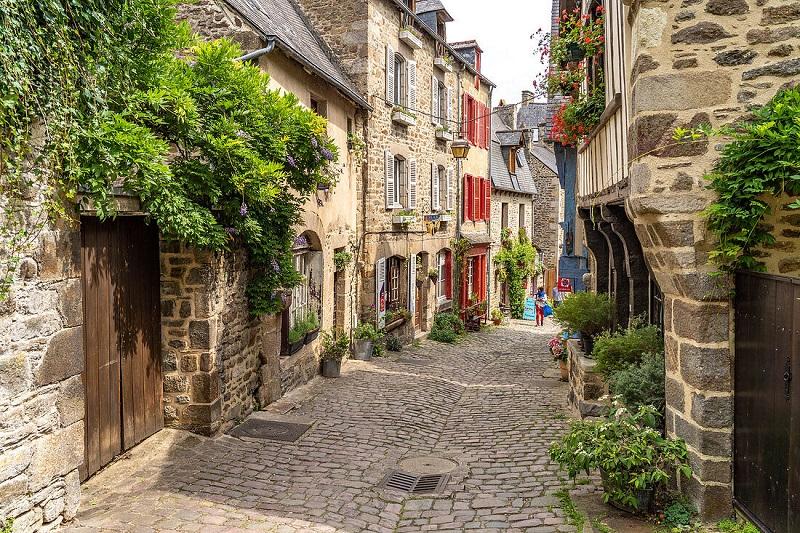The world is brimming with iconic landmarks and popular tourist spots, but there’s a special allure to those hidden destinations that remain off the beaten path. These are the places where you can escape the crowds, immerse yourself in untouched beauty, and experience something truly unique.
This year is the perfect time to discover lesser-known gems that offer a mix of cultural richness, stunning landscapes, and unspoiled tranquility. Here’s a guide to some of the most intriguing hidden destinations to consider for your travel plans in the coming year.
Please Download Our App from the Android or Apple Store.
Matera, Italy
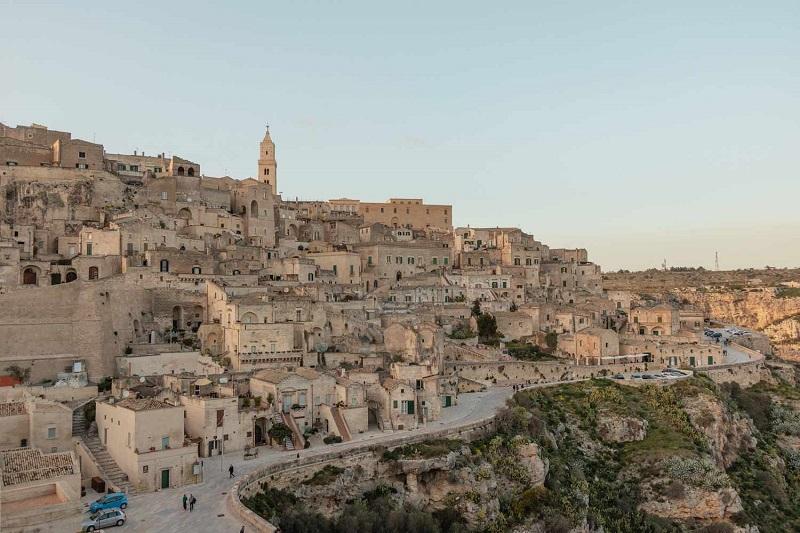
Matera is a city that seems frozen in time. Located in the Basilicata region of Southern Italy, Matera is known for its ancient cave dwellings, or “Sassi,” which have been inhabited since the Paleolithic era. This UNESCO World Heritage site is often overlooked by tourists flocking to more famous Italian cities, making it an ideal hidden destination.
When you visit Matera, you’ll be captivated by its labyrinthine alleys, rock-hewn churches, and stunning views over the Gravina Gorge. The city has seen a revival in recent years, with many of its ancient dwellings transformed into boutique hotels, galleries, and restaurants. Matera’s history is deeply intertwined with its landscape, and exploring the Sassi offers a glimpse into a way of life that has persisted for thousands of years. Visit in the spring or fall for mild weather and fewer tourists, allowing you to fully appreciate the serenity and beauty of this ancient city.
Svalbard, Norway
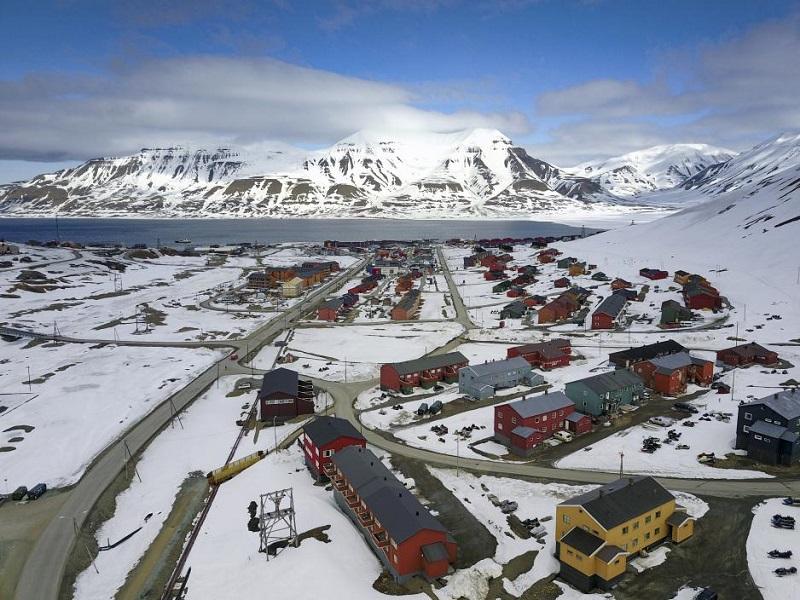
For those seeking adventure and the raw beauty of the Arctic, Svalbard is a hidden gem like no other. Situated halfway between mainland Norway and the North Pole, Svalbard is an archipelago known for its dramatic landscapes, polar bears, and the ethereal Northern Lights. This remote destination is perfect for travelers looking to escape the ordinary and immerse themselves in the otherworldly.
You can explore glaciers, fjords, and snow-covered mountains in Svalbard. The town of Longyearbyen, the world’s northernmost settlement, offers a base for exploring the Arctic wilderness. From here, you can embark on guided tours to see polar bears in their natural habitat, visit abandoned Soviet-era mining towns, or take a boat trip through the icy waters of the Arctic Ocean.
Svalbard’s unique environment also offers a rare opportunity to witness the midnight sun in summer and the mesmerizing Northern Lights in winter. Travel to Svalbard requires careful planning, but the reward is an unforgettable journey into one of the most remote corners of the planet.
Milos, Greece
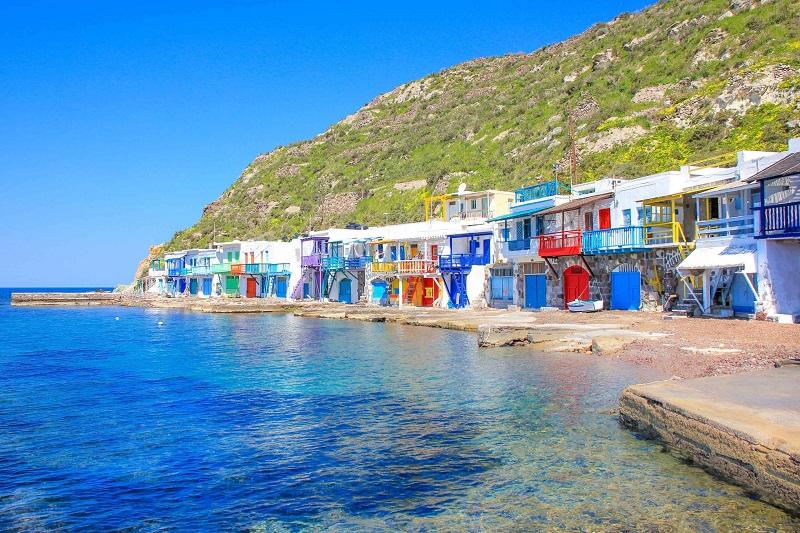
While Santorini and Mykonos often steal the spotlight, the Greek island of Milos remains a well-kept secret, offering equally stunning scenery without the crowds. Located in the Aegean Sea, Milos is known for its incredible coastline, featuring over 70 beaches, each with its unique charm. The island’s volcanic origin has endowed it with a variety of landscapes, from striking cliffs and whitewashed villages to crystal-clear waters and colorful rock formations.
Milos is a paradise for beach lovers, with options ranging from the famous Sarakiniko Beach, known for its moon-like white rock formations. Kleftiko is a secluded spot accessible only by boat, where you can swim in caves and turquoise waters.
The island’s charm extends beyond its beaches, with picturesque villages like Plaka offering stunning sunset views, traditional Greek architecture, and a relaxed atmosphere. Milos is best visited in the late spring or early fall when the weather is pleasant, and the island is less crowded, allowing you to explore at your own pace.
Colca Canyon, Peru
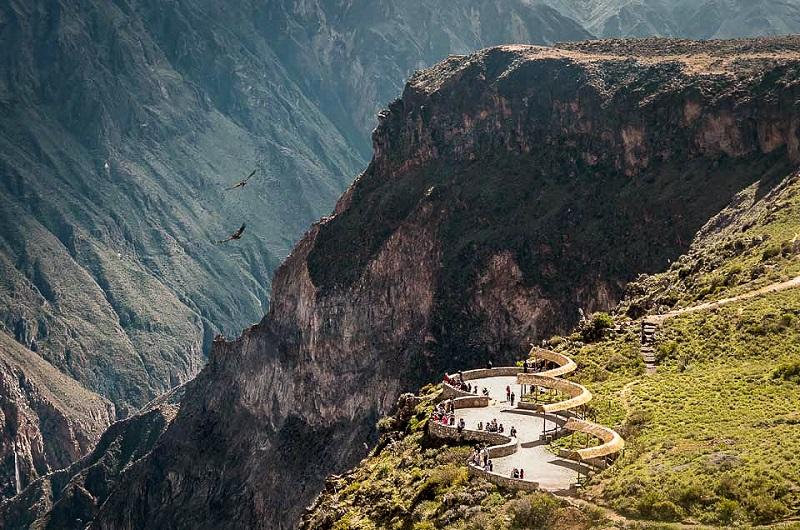
While Machu Picchu often draws travelers to Peru, the Colca Canyon is a hidden destination that offers equally awe-inspiring experiences. Located in the southern Andes, the Colca Canyon is one of the world’s deepest canyons, plunging over 3,270 meters (10,730 feet) at its deepest point.
This natural wonder is twice as deep as the Grand Canyon and is surrounded by breathtaking scenery, including terraced fields, snow-capped mountains, and picturesque villages.
Colca Canyon is a haven for outdoor enthusiasts, with opportunities for hiking, birdwatching, and immersing yourself in the local culture. The region is home to the majestic Andean condor, and one of the highlights of visiting Colca Canyon is witnessing these giant birds soaring gracefully over the canyon. The area is also rich in history, with pre-Inca and Inca terraces still in use by local farmers.
A visit to Colca Canyon can be combined with a trip to the nearby city of Arequipa, known for its colonial architecture and vibrant culture. The best time to visit is from May to September, during the dry season, when the weather is ideal for outdoor activities.
Sumba, Indonesia
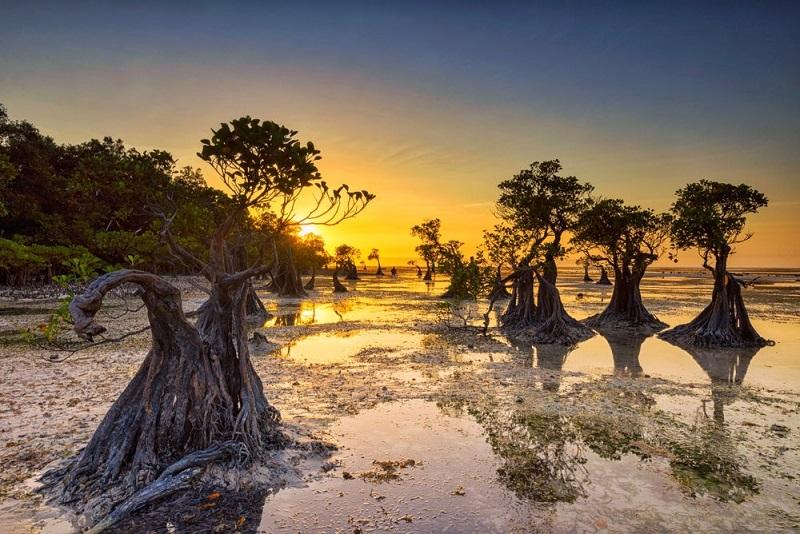
While Bali continues to attract millions of visitors, the island of Sumba, located in Indonesia’s East Nusa Tenggara province, remains a hidden paradise. Sumba is a land of stunning natural beauty, with pristine beaches, rolling hills, and traditional villages that have preserved their ancient way of life.
The island is known for its unique culture, including the Pasola festival, a traditional horseback spear-fighting competition, and its intricate ikat textiles, which are highly prized by collectors.
Sumba’s remote location has kept it off the radar for most tourists, making it an ideal destination for those seeking solitude and authenticity. The island’s beaches, such as Nihiwatu, often rank among the best in the world, offering a perfect setting for surfing, snorkeling, or simply relaxing in a tranquil environment.
Beyond the beaches, you can explore traditional villages like Ratenggaro, where you’ll find megalithic tombs and houses with distinctive high-pitched roofs. Sumba is best visited during the dry season from April to October, when the weather is ideal for exploring the island’s many natural and cultural attractions.
Socotra, Yemen
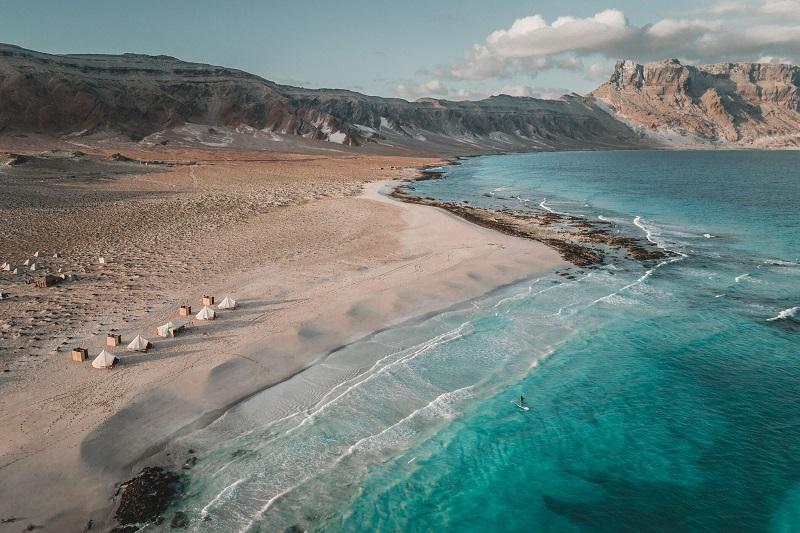
Socotra is an archipelago located in the Arabian Sea and is one of the most isolated and otherworldly places on Earth. Often referred to as the “Galápagos of the Indian Ocean,” Socotra is home to an astonishing array of endemic species, including the iconic Dragon’s Blood Tree.
The island’s unique flora and fauna, combined with its rugged landscapes and pristine beaches, make Socotra a dream destination for nature lovers and adventure seekers.
Due to its remote location and political instability in Yemen, Socotra remains relatively untouched by tourism. However, those who make the journey are rewarded with an experience unlike any other. The island’s landscapes range from surreal desert plains to lush wadis and towering mountains, offering endless opportunities for hiking, wildlife spotting, and exploring ancient caves.
Socotra’s beaches, such as Qalansiyah, are among the most beautiful in the world, with crystal-clear waters and white sand stretching as far as the eye can see. The best time to visit Socotra is during the winter months, from October to March, when the weather is cooler and more comfortable for outdoor activities.
Conclusion
Exploring hidden destinations allows travelers to experience the world in a more intimate and authentic way. These lesser-known gems, from the ancient city of Matera to the remote islands of Socotra, offer a chance to discover something new and unexpected in 2024.
